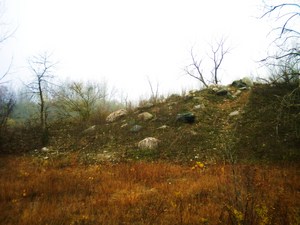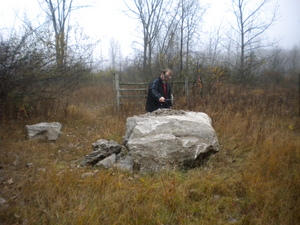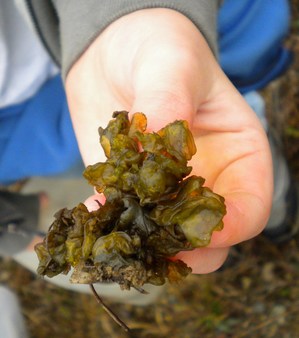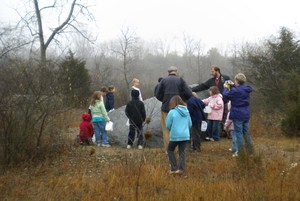Ann Arbor rocks at Fox Science Preserve

Ann Arbor Rocks at the Fox Science Preserve
Stefan Szumko | Contributor

Dave Szczygiel, environmental educator for the Ann Arbor Public Schools, erodes a glacially deposited chunk of limestone.
Skip to last week. On a foggy, chilly day, Thursday, Oct. 29, 2009, I accompanied my son, Alex, and his second grade class on their annual Ann Arbor Public Schools Environmental Education Field Trip to the place where I became a rock hound 30 years ago - Fox Science Preserve. This time, armed with a digital camera, I endeavored to record this experience with the knowledgeable eye of a naturalist. We were led by the Ann Arbor Public Schools environmental educator, Dave Szczygiel (pronounced, “seagull”). My how the place has changed.
No longer do buses have to park alongside the road. There is a small parking area at the entrance. But bathrooms are non-existent. The pit is wider than I recall, being located on a 49-acre site. The sides are not as steep as they were in my memory and are now covered with vegetation, as is the floor of the pit. The sand was darker, due to the rain. I'll have to come back when it's dry. I don't remember seeing so many boulders scattered about as there are today. Either the physical erosion of the site or erosion of my mind has occurred.

An algae sample, an example of primary plant succession at the Fox Science Preserve.
Stefan Szumko | Contributor

Second-grade students from Eberwhite Elementary gather around a boulder of Gowgandan Tillite brought to Washtenaw County from Canada by glaciers.
Stefan Szumko | Contributor
Stefan Szumko has a master's degree in curriculum and technology, but still gets frustrated by computers. Stefan can be reached at slugwhisperer@gmail.com.

